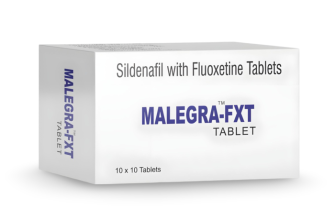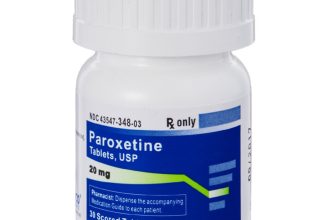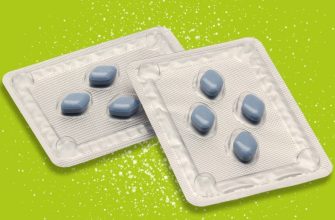Consider consulting a qualified endocrinologist before starting finasteride as part of your MTF HRT regimen. They can assess your individual needs and potential risks, ensuring a personalized approach.
Finasteride, a 5α-reductase inhibitor, reduces DHT levels, leading to decreased hair loss and potentially softer skin. This can significantly contribute to achieving your desired physical transition. Remember, however, results vary among individuals, and consistent monitoring is crucial.
Typical dosages range from 1mg to 5mg daily, with your doctor determining the most appropriate dose for your specific situation. Be aware of potential side effects, such as decreased libido and erectile dysfunction, though these are not universally experienced. Open communication with your healthcare provider is vital for managing any arising concerns.
Combining finasteride with other HRT components like estrogen is common practice for many transgender women. This synergistic approach can amplify the feminizing effects, resulting in more pronounced changes over time. Regular blood tests are necessary to monitor hormone levels and adjust your medication plan accordingly.
Always follow your doctor’s instructions meticulously. Self-medicating can be dangerous, and tailored medical guidance optimizes both safety and efficacy. Schedule regular check-ups to monitor your progress and address any issues promptly and directly.
Finasteride’s Role in MTF HRT: Considerations for Dosage and Side Effects
Typically, a 1mg daily dose of finasteride is prescribed for MTF HRT. This dosage effectively reduces DHT, a hormone contributing to male-pattern baldness and the maintenance of male secondary sexual characteristics. However, individual responses vary, and your doctor might adjust the dosage based on your progress and tolerance.
Monitoring for Side Effects
While generally well-tolerated, finasteride can cause side effects. Common ones include decreased libido, erectile dysfunction, and gynecomastia (breast development). Less frequent but more serious side effects include depression and anxiety. Regular check-ups with your doctor are vital to monitor your health and manage any side effects that arise. Open communication with your healthcare provider is crucial.
Dosage Adjustments and Alternatives
If side effects are bothersome, your doctor might lower your dosage or suggest alternative treatments. Some people find lower doses, such as 0.5mg daily, manage side effects better while still providing therapeutic benefits. Remember, always discuss any adjustments with your doctor before making changes to your medication regimen. They will guide you toward the best course of action for your individual needs.
Long-Term Considerations
Long-term use of finasteride requires consistent monitoring. While many experience minimal side effects, prolonged use can increase the risk of some side effects. Your doctor should perform regular blood tests and physical examinations to monitor your overall health and address any issues that may develop.
Individualized Approach
Ultimately, the appropriate dosage and management of finasteride in MTF HRT is personalized. Your doctor will tailor the treatment to your specific needs and health status, balancing the potential benefits with the risks. Active participation and open communication with your healthcare team ensures a safe and successful transition.
Understanding Finasteride’s Impact on Body Hair and Prostate Health in MTF HRT
Finasteride reduces dihydrotestosterone (DHT), a hormone crucial for male pattern hair growth and prostate size. In MTF HRT, this reduction helps slow or stop male-pattern hair growth, potentially leading to softer facial hair and reduced body hair. This effect is generally considered beneficial for most MTF individuals aiming for a more feminine physique. However, it’s crucial to note that finasteride’s impact on body hair varies significantly between individuals.
Regarding prostate health, finasteride shrinks the prostate in men with benign prostatic hyperplasia (BPH). While MTF individuals don’t typically experience BPH in the same way, finasteride can still influence prostate size and potentially reduce prostate-related symptoms if they exist. Regular monitoring by a healthcare professional is recommended.
Remember, individual responses to finasteride vary. Some might experience minimal changes in hair growth, while others might see a more dramatic reduction. Similarly, the effect on prostate size is also highly individual. Discuss your specific goals and concerns with your doctor to determine if finasteride is right for you.
Side effects, although uncommon, should be considered. These can include decreased libido, erectile dysfunction, and gynecomastia. Open communication with your endocrinologist ensures you can manage any potential side effects.
Regular blood tests and prostate examinations are recommended while taking finasteride, especially in the early stages of treatment. This allows for monitoring and adjustments to your HRT regimen as needed.







